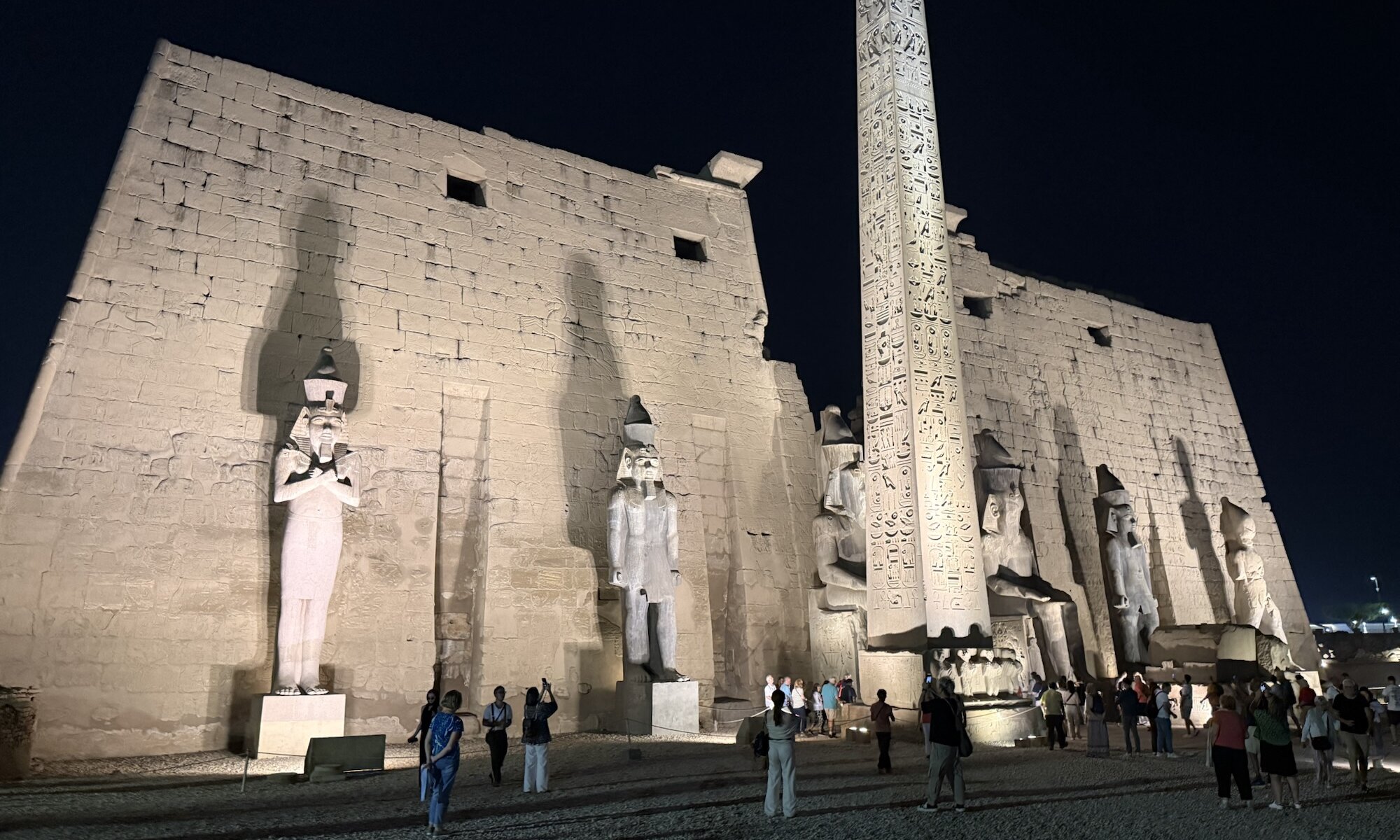The Temple of Luxor, situated on the east bank of the Nile in the ancient city of Thebes, dates back to approximately 1400 BCE during Egypt’s New Kingdom era. It was first constructed by Pharaoh Amenhotep III and subsequently expanded by notable rulers such as Tutankhamun and Ramses II. This temple complex was primarily dedicated to the Theban triad of the god Amun-Ra, his consort Mut, and their son Khonsu. Historically, the temple played a crucial role in religious and royal ceremonies, particularly the Opet Festival, an annual event where the statues of these deities were ceremonially transported from Karnak to الأقصر along an avenue lined with sphinxes, symbolizing the rejuvenation of kingship.
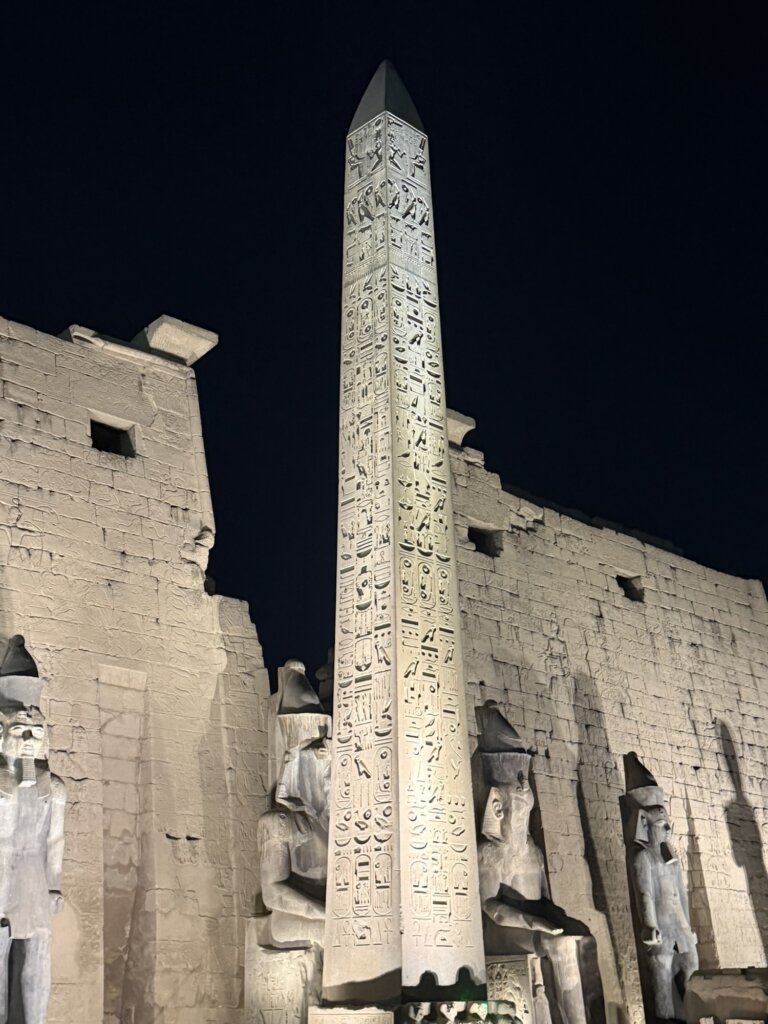
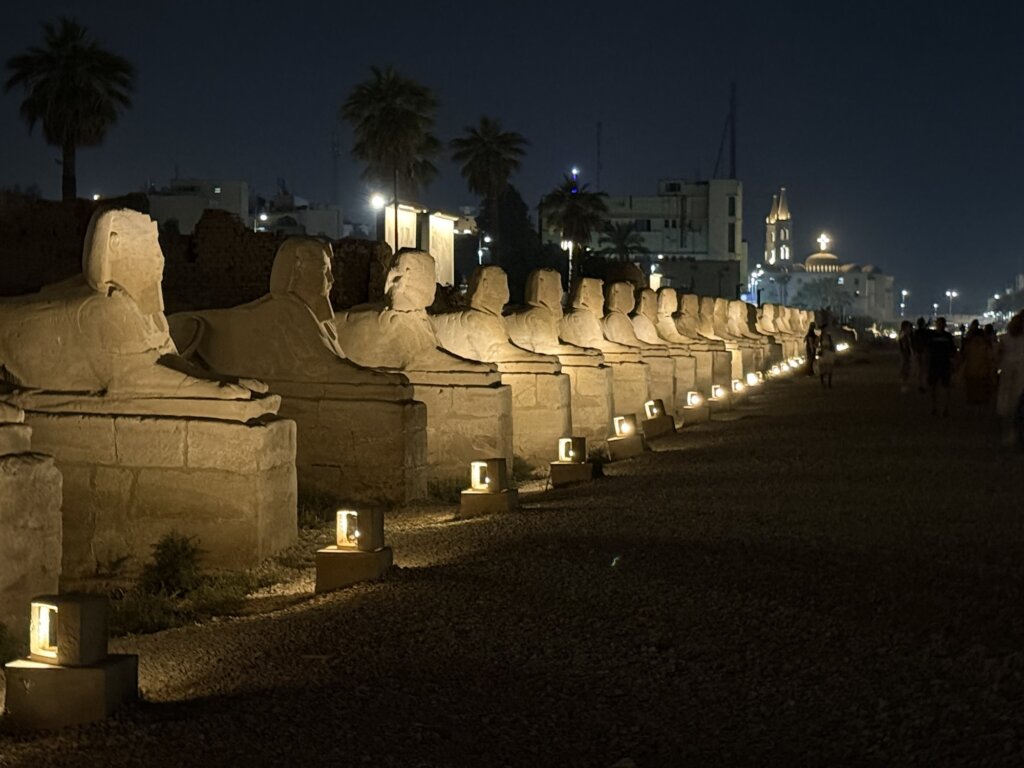

One of the distinctive features of the Luxor Temple is its architectural grandeur, marked by colossal statues, towering obelisks, and richly carved sandstone walls. The temple’s design includes notable elements such as pylons serving as monumental gateways, an expansive courtyard, and a hypostyle hall supported by 32 massive columns intricately adorned with depictions of gods and pharaohs. The use of Nubian sandstone and the skillful incorporation of optical illusions reflect the advanced architectural techniques of the time. Additionally, parts of the temple were adapted through successive eras, including the Roman period, when it served military and administrative functions, and a mosque from the 14th century remains preserved within its precincts, highlighting the temple’s multifaceted historical layers.



Today, visitors to the Luxor Temple are offered a mesmerizing encounter with ancient Egyptian culture and artistry. They can explore the grand entrance flanked by statues of Ramses II and the remaining obelisk, wander through the Great Court where ritual ceremonies once took place, and admire the detailed reliefs and hieroglyphs narrating mythological and royal events. The hypostyle hall impresses with its vast scale and decorated columns, while smaller chambers reveal chapels and sanctuaries dedicated to sacred barques and deities. The temple’s atmospheric illumination at night adds to the sense of awe and delivers a magical experience that connects present-day visitors to a distant ancient world.
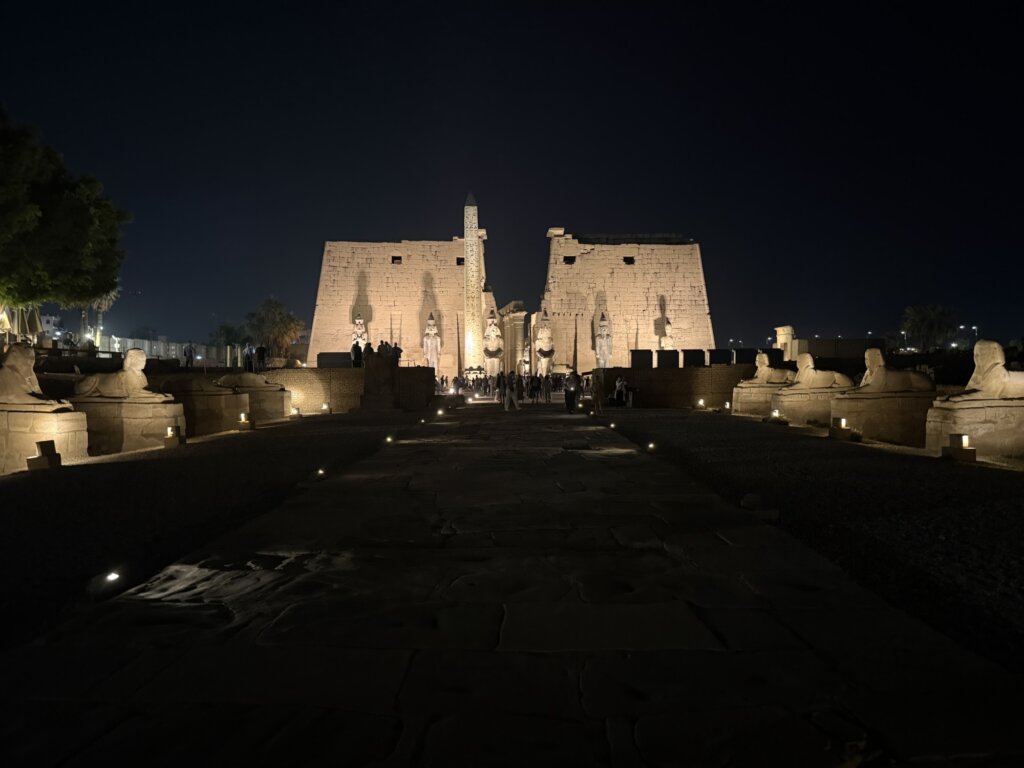
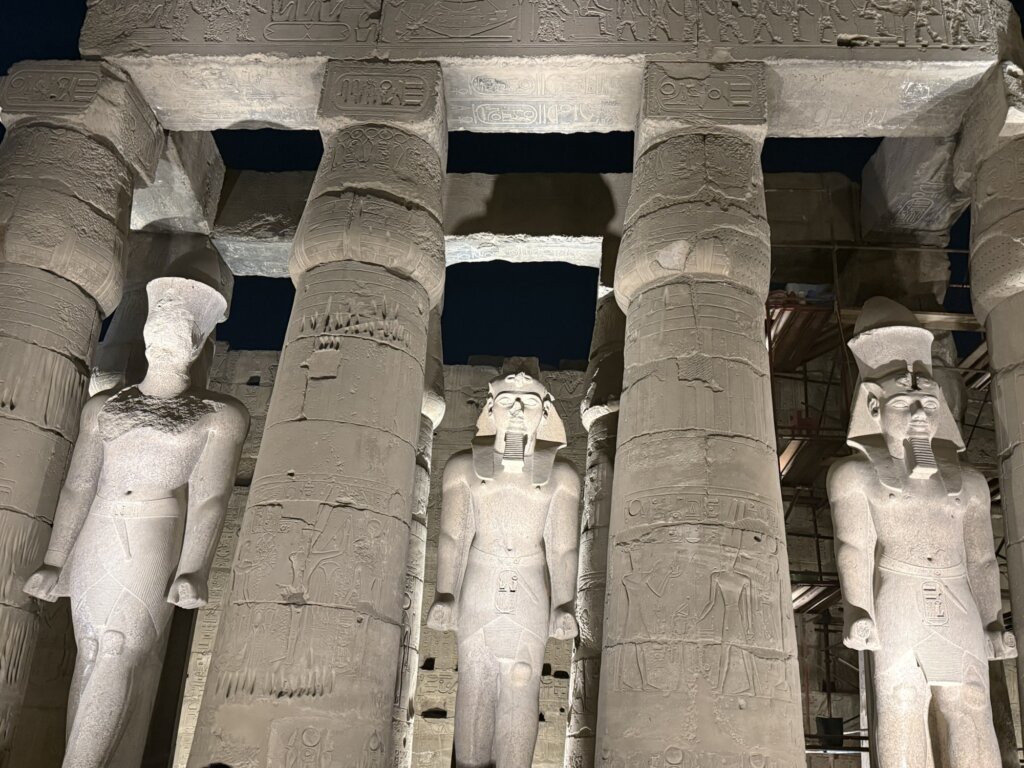

Besides its architectural and artistic allure, the Luxor Temple offers profound historical resonance, embodying centuries of Egyptian religious life, royal propaganda, and cultural continuity. It stands today not only as a testament to the pharaohs’ power and devotion but also as a vibrant cultural heritage site that continues to captivate historians, archaeologists, and travellers alike. The layered history, from ancient rituals to later adaptations, and the spectacular preservation of monumental artworks make the Luxor Temple a must-see for anyone intrigued by Egypt’s timeless legacy.
Temple of Luxor
الأقصر
Egypt
Loading map...


